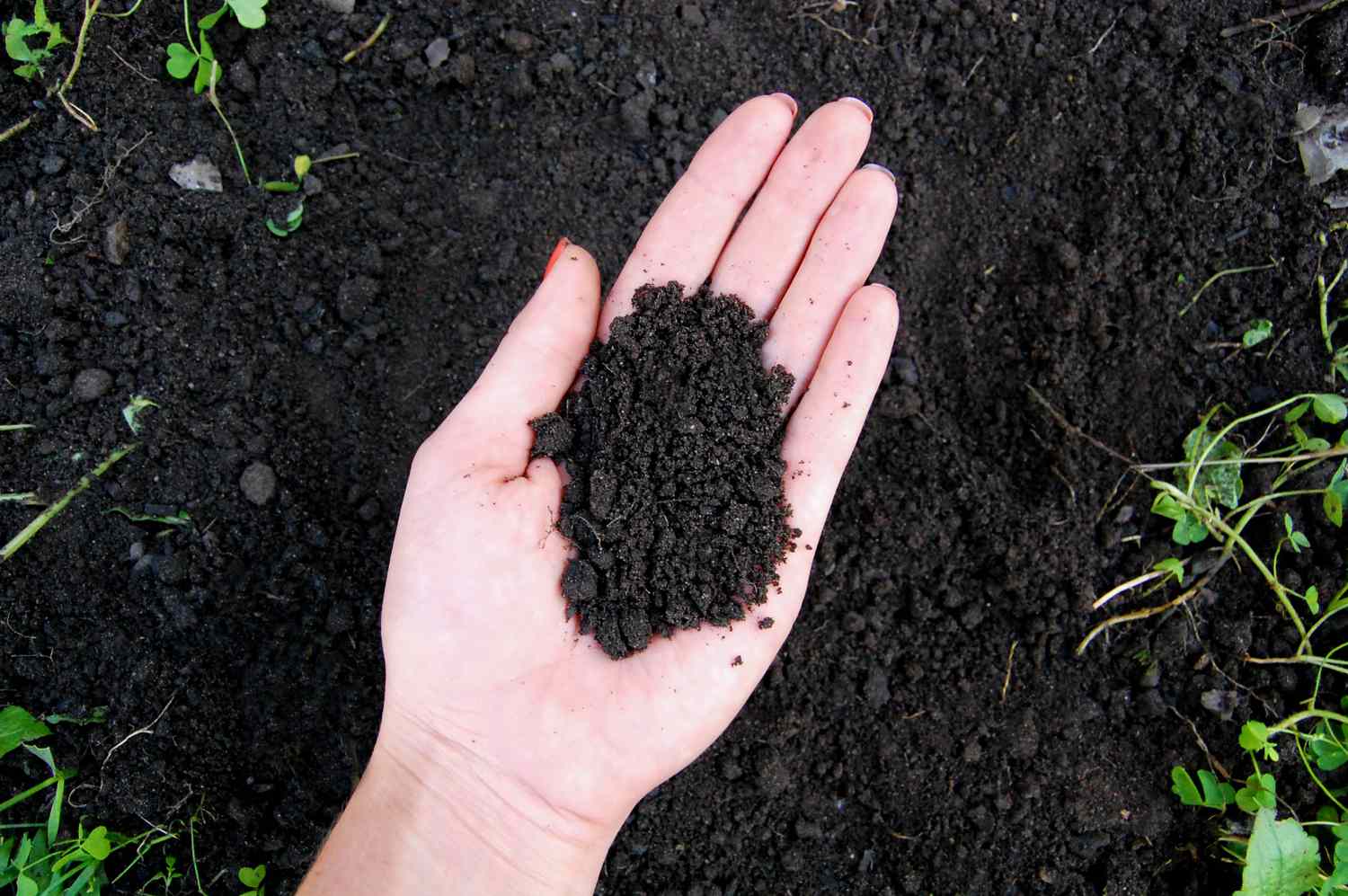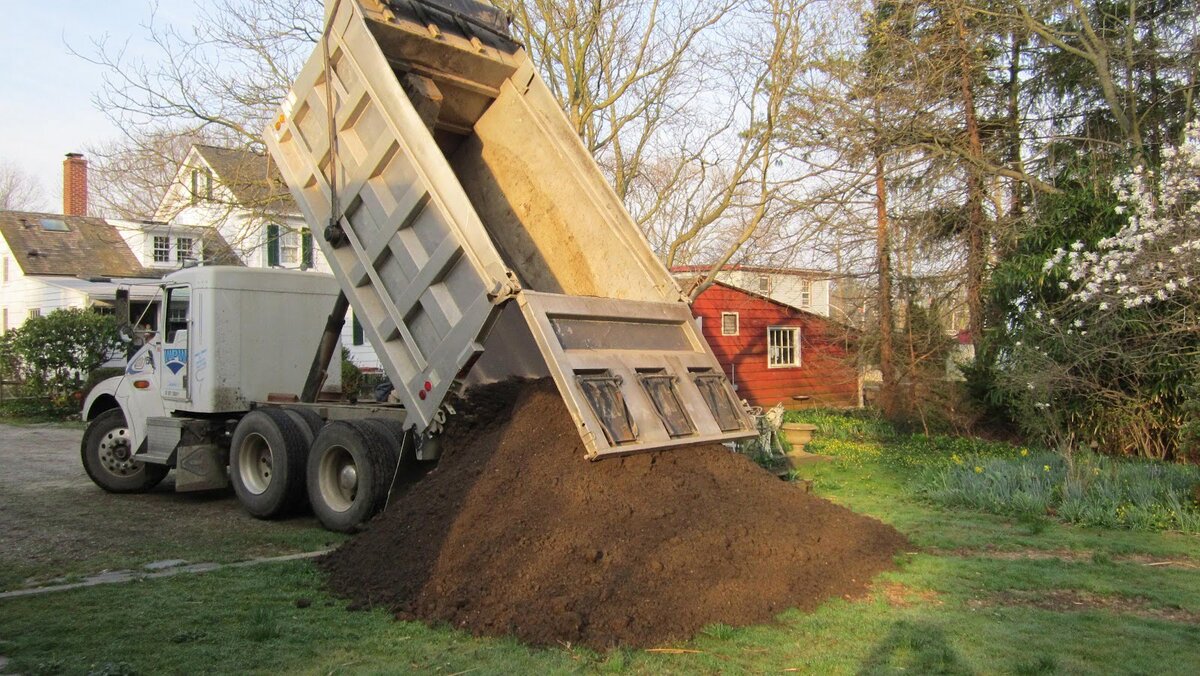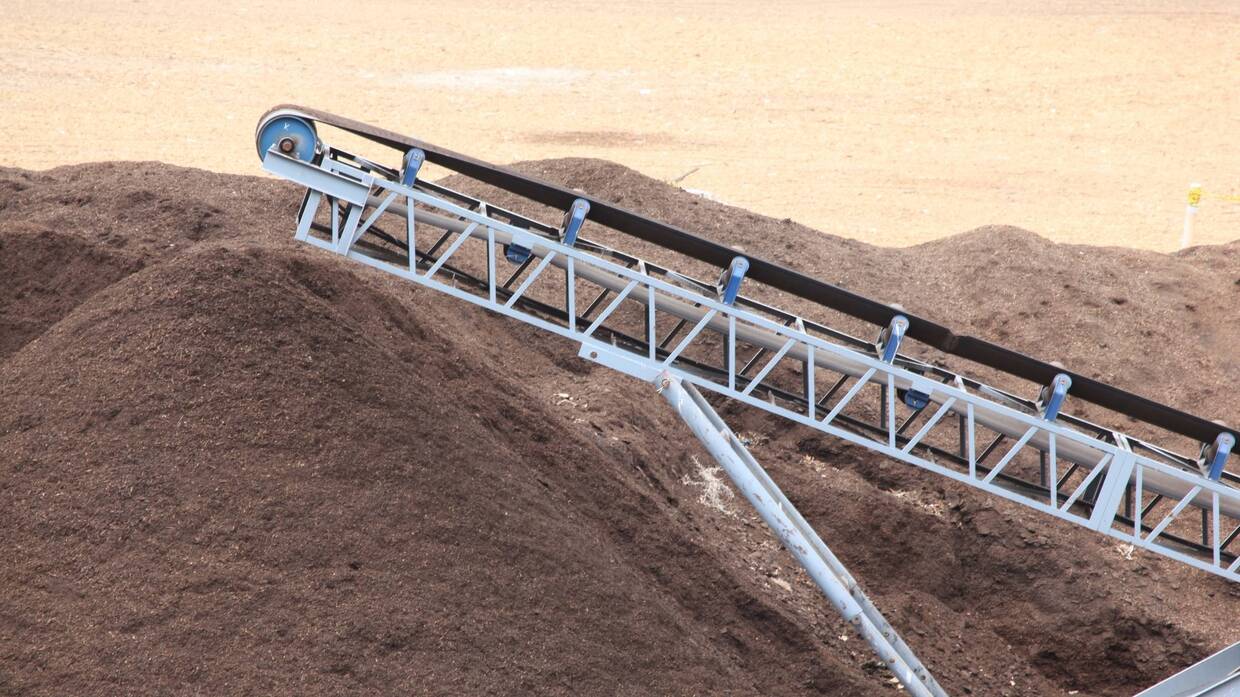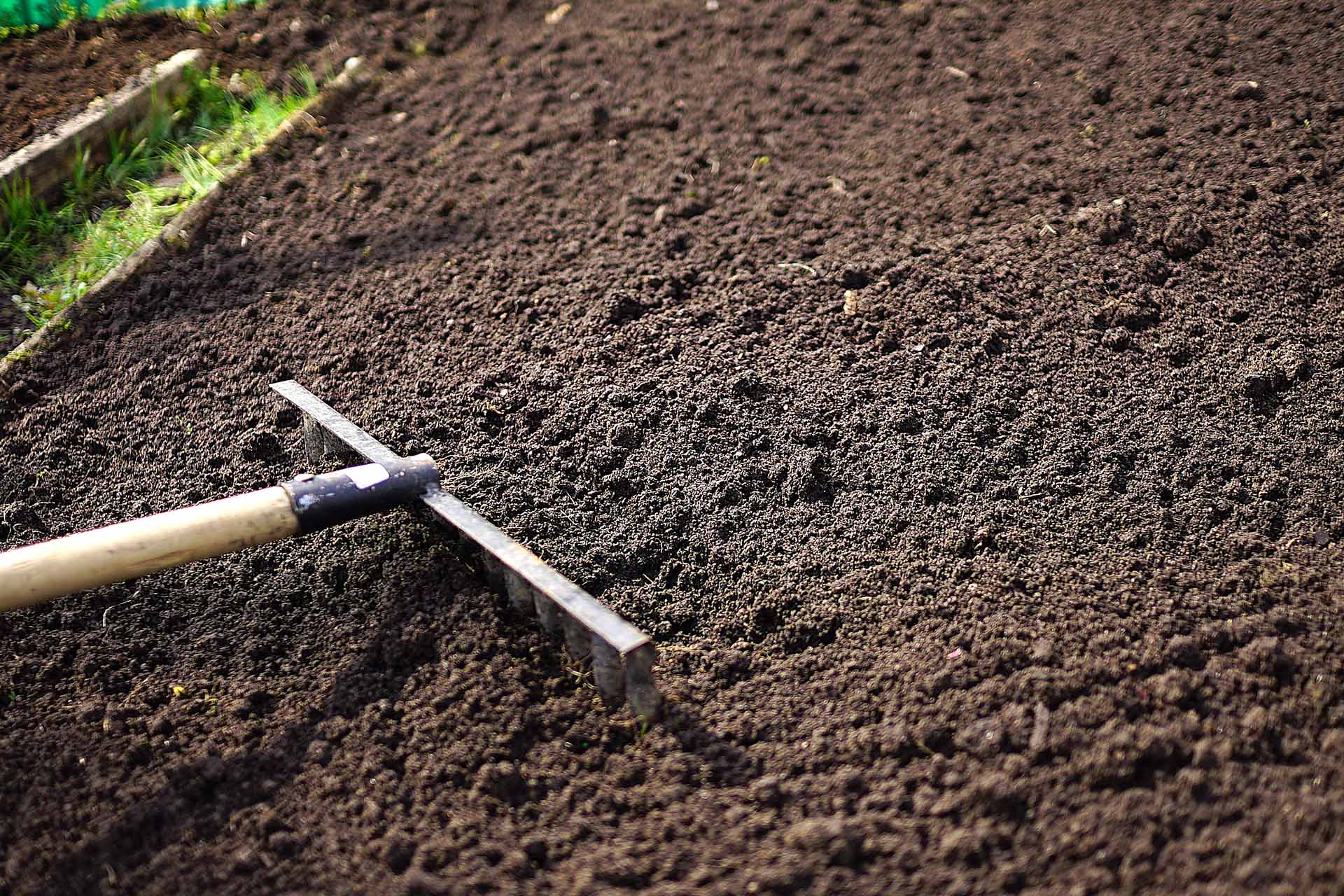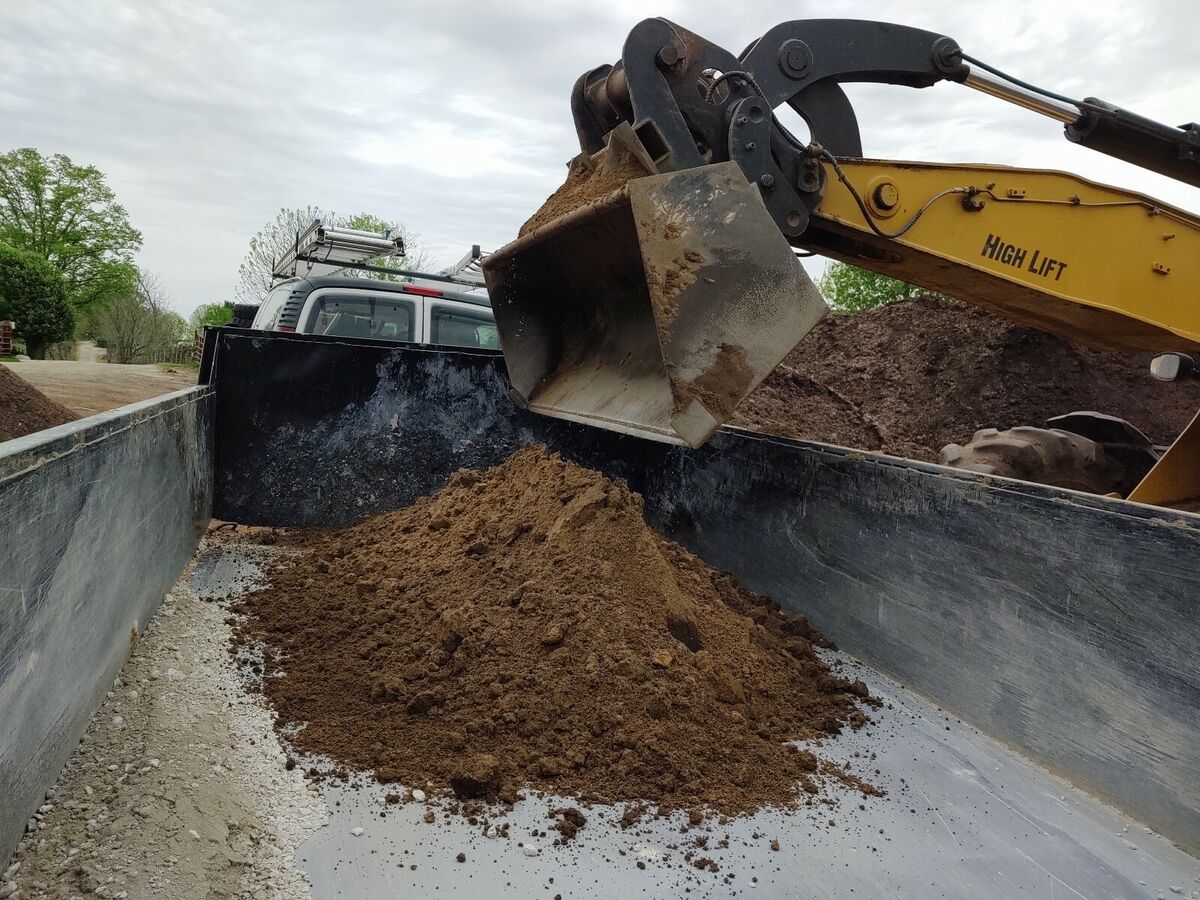Home>Gardening Basics>Understanding Soil>How Does Topsoil Replenish Itself?
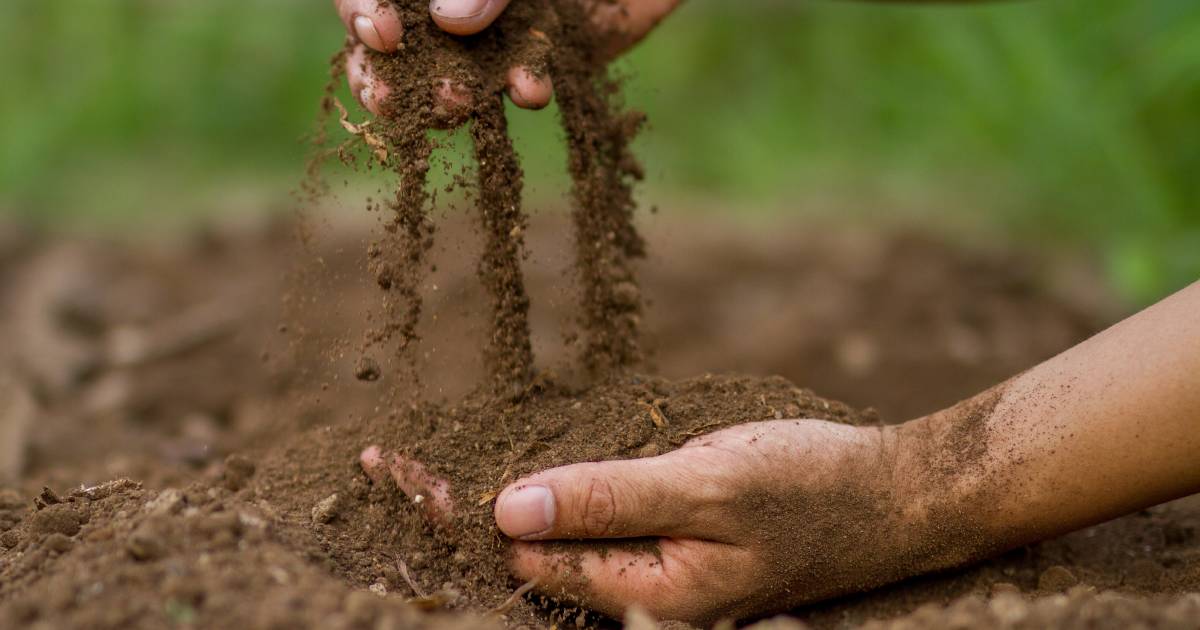

Understanding Soil
How Does Topsoil Replenish Itself?
Modified: January 22, 2024
Learn about the process of topsoil replenishment and how it occurs naturally. Gain a better understanding of soil health and sustainability.
(Many of the links in this article redirect to a specific reviewed product. Your purchase of these products through affiliate links helps to generate commission for Chicagolandgardening.com, at no extra cost. Learn more)
Table of Contents
Introduction
When it comes to the health of our planet, few things are as vital as soil. Soil serves as the foundation for all life on Earth, providing essential nutrients and support for plants, insects, animals, and even humans. One crucial aspect of soil health is its topmost layer, known as topsoil. Topsoil is the uppermost layer of soil, typically rich in organic matter and vital nutrients, making it an essential component for successful agriculture and plant growth.
However, topsoil is not a limitless resource; it is vulnerable to erosion, degradation, and depletion. The loss of topsoil can have severe consequences, including reduced agricultural productivity, increased water pollution, and decreased biodiversity. Therefore, understanding how topsoil replenishes itself is critical for maintaining the fertility and sustainability of our planet’s soil.
In this article, we will explore the natural processes and man-made techniques that contribute to topsoil replenishment. We will delve into the factors that affect topsoil loss and erosion and discuss the importance of implementing erosion control methods. By understanding how topsoil naturally replenishes itself and the strategies we can employ to support this process, we can work towards preserving and enhancing the health of our soil for future generations.
What is Topsoil?
Topsoil is the uppermost layer of soil that covers the Earth’s surface. It is the layer that is directly impacted by weathering, organic activity, and human intervention. Typically, topsoil spans about 5 to 10 inches in depth, although this can vary depending on geographic location and environmental conditions. This layer is of utmost importance for plant growth as it contains a rich concentration of organic matter, minerals, and living organisms.
Topsoil is formed through the gradual breakdown of rocks and minerals over time. Weathering processes such as wind, water, and temperature fluctuations help wear down larger particles into smaller ones, creating the ideal conditions for organic matter to accumulate. This organic matter is derived from decomposed plant and animal materials, including leaves, roots, and microorganisms.
One of the defining characteristics of topsoil is its fertility. It contains a high concentration of essential nutrients like nitrogen, phosphorus, and potassium, which are vital for plant growth and development. Additionally, topsoil has a diverse community of microorganisms, such as bacteria, fungi, and earthworms, which play crucial roles in decomposing organic matter and releasing nutrients in a form that plants can absorb.
The composition of topsoil can vary depending on the region and environmental conditions. For example, topsoil in arid regions may have lower organic matter content, making it less fertile compared to topsoil in more temperate climates. It’s worth noting that topsoil takes decades, if not centuries, to form and develop adequately. Unfortunately, it can be eroded or depleted at a much faster rate than it can replenish itself, highlighting the need to protect and manage this vital resource.
The Importance of Topsoil
Topsoil is not just a collection of dirt; it plays a critical role in sustaining life on Earth. Here are some key reasons why topsoil is of utmost importance:
1. Supports Agriculture: Topsoil is the foundation for successful agricultural practices. It provides the necessary nutrients that crops need to grow and thrive. The organic matter in topsoil acts as a reservoir of moisture, helping plants withstand drought conditions. Without healthy topsoil, our ability to grow food would be severely compromised.
2. Promotes Biodiversity: Topsoil is teeming with life. It is home to a diverse array of microorganisms, insects, worms, and other critters that contribute to the ecosystem’s overall health. These organisms break down organic matter, release essential nutrients, and improve soil structure. Healthy topsoil supports a thriving ecosystem and fosters biodiversity.
3. Filters and Retains Water: Topsoil has excellent water-holding capacity. It acts as a sponge, absorbing rainwater and preventing it from easily running off. This helps prevent flooding and aids in groundwater recharge. The organic matter in topsoil acts as a filter, removing pollutants and impurities from the water before it reaches underground aquifers or bodies of water.
4. Prevents Soil Erosion: The topsoil layer acts as a protective cover, shielding the layers beneath from erosion caused by wind and water. It helps anchor plants in place, preventing them from being uprooted during heavy rains or high winds. Without topsoil, bare lands are vulnerable to erosion, leading to loss of fertility and degradation of the entire ecosystem.
5. Carbon Sequestration: Topsoil plays a vital role in mitigating climate change. The organic matter in topsoil can store significant amounts of carbon dioxide from the atmosphere, helping to reduce greenhouse gas emissions. Therefore, maintaining healthy topsoil is essential for carbon sequestration and combating climate change.
It is crucial to recognize the value of topsoil and take measures to protect it. Soil conservation practices, such as crop rotation, cover cropping, and reducing tillage, can help maintain and improve topsoil health. Additionally, implementing sustainable farming techniques and minimizing deforestation can help preserve topsoil and ensure its long-term sustainability. By doing so, we can preserve the numerous benefits that topsoil provides and secure a healthy future for our planet and its inhabitants.
Factors Affecting Topsoil Loss
Topsoil is precious, but it is also vulnerable to various factors that can contribute to its loss and degradation. Understanding these factors is essential in developing strategies to preserve and protect this valuable resource. Here are some of the primary factors that affect topsoil loss:
1. Erosion: Soil erosion is a natural process whereby topsoil is gradually worn away by wind, water, or ice. However, human activities such as improper land management, deforestation, and overgrazing can accelerate erosion rates. When topsoil is eroded, it takes away the most fertile and nutrient-rich layer, making it harder for vegetation to grow and sustain healthy ecosystems.
2. Water Runoff: When rain falls on land, it can create runoff that carries away topsoil particles. Poor land management practices, inadequate drainage systems, and compacted soil increase the risk of water runoff. This can lead to the loss of topsoil and increased sedimentation in bodies of water, which can degrade water quality and harm aquatic life.
3. Wind Erosion: In areas with dry and loose soil, wind erosion can strip away topsoil and create barren landscapes. This is particularly common in arid regions or areas with poor vegetation cover. Wind erosion poses a significant threat to agriculture as it can remove the topsoil layer that is essential for crop growth.
4. Deforestation: Removing trees and vegetation destabilizes the soil, leaving it exposed to erosion. Tree roots help bind the soil together, preventing it from being easily washed away. Deforestation reduces the protective cover that trees provide, making topsoil more susceptible to erosion by wind and water.
5. Overgrazing: When animals graze on vegetation excessively, it can lead to the destruction of the plant cover that helps hold soil in place. Without vegetation, topsoil becomes more vulnerable to erosion. Proper grazing management techniques, such as rotational grazing, can help prevent overgrazing and preserve topsoil health.
6. Land Disturbance: Construction activities, mining, and improper land use can disturb the soil structure and contribute to topsoil loss. These activities often involve removing vegetation, compacting soil, and altering drainage patterns, all of which increase the risk of erosion and degradation.
Understanding these factors and their impact on topsoil loss is crucial for implementing effective soil conservation practices. By promoting sustainable land management practices, protecting forests, promoting responsible grazing, and minimizing soil disturbance during construction, we can mitigate topsoil loss and ensure the preservation of this invaluable resource for future generations.
Natural Processes of Topsoil Replenishment
While topsoil loss is a concern, nature has its way of replenishing and restoring this valuable resource over time. Several natural processes contribute to the renewal and formation of topsoil. Here are some of the key methods through which topsoil replenishes itself naturally:
1. Weathering: Weathering is a gradual process that breaks down rocks and minerals into smaller particles. This breakdown occurs due to factors like temperature changes, frost action, and the growth of plant roots. As rocks and minerals weather, they release essential nutrients that contribute to the fertility of the topsoil.
2. Decomposition of Organic Matter: Organic matter, such as fallen leaves, dead plants, and animal remains, plays a crucial role in topsoil replenishment. Microorganisms, fungi, and bacteria break down the organic matter, releasing nutrients and forming humus. Humus is a dark, nutrient-rich organic material that improves soil structure and fertility.
3. Biological Activity: Soil is teeming with life, including earthworms, insects, microbes, and plant roots. These organisms help enhance topsoil replenishment through their activities. Earthworms tunnel through the soil, improving aeration and drainage, while also breaking down organic matter. Microbes break down organic material, releasing essential nutrients, and plant roots bind the soil, preventing erosion and contributing to the formation of new topsoil layers.
4. Deposition of Sediments: Natural processes like erosion and water runoff can transport sediment from one area to another. As these sediments settle, they contribute to the formation and accumulation of new topsoil layers. Rivers, floods, and wind are major contributors to the transportation and deposition of sediments that eventually become fertile topsoil.
5. Vegetation Cycle: Plants play a significant role in the replenishment of topsoil. Through a process known as bioturbation, plant roots penetrate the soil, loosening it and adding organic matter as they grow and decay. Plants also capture and store carbon dioxide during photosynthesis, which is later released into the soil when their leaves and branches decompose.
These natural processes work together to replenish and rejuvenate topsoil over time. It is important to note that these processes occur slowly and may take decades, if not centuries, to form a significant layer of new topsoil. However, promoting healthy ecosystems, protecting natural habitats, and practicing sustainable land management can contribute to the acceleration of these natural processes.
By understanding and appreciating the natural replenishment processes, we can implement strategies that support and enhance these mechanisms. Through responsible stewardship of our land and ecosystems, we can ensure the long-term health and sustainability of topsoil for future generations.
Erosion Control Methods
Erosion control methods are essential for preserving topsoil and mitigating the loss and degradation caused by erosion. These methods aim to protect the soil from the erosive forces of wind and water, ensuring the sustainability and productivity of agricultural land and natural ecosystems. Here are some effective erosion control methods:
1. Contour Plowing: Contour plowing involves plowing fields perpendicular to the slope of the land, creating ridges and furrows that slow down water runoff. This method helps to reduce erosion by allowing water to infiltrate into the soil rather than flowing directly downhill.
2. Terracing: Terracing involves creating level platforms on steep slopes. These platforms, built with retaining walls, help to slow down and retain water runoff, preventing it from eroding the soil. Terracing is particularly useful in hilly or mountainous regions where erosion rates tend to be higher.
3. Strip Cropping: Strip cropping involves alternating different types of crops or vegetation in strips across the landscape. By planting crops with different root structures and canopy cover, strip cropping helps to reduce soil erosion by breaking the flow of water and reducing wind speed.
4. Cover Cropping: Cover cropping involves planting a specific type of crop or vegetation during the off-season or alongside cash crops. Cover crops help protect the soil from erosion by providing ground cover and increasing organic matter content. They also improve soil structure and reduce runoff by absorbing excess water.
5. Windbreaks: Windbreaks are rows of trees or shrubs strategically planted on the windward side of fields. These windbreaks act as barriers, reducing wind velocity and protecting crops from the damaging effects of wind erosion. They also play a role in conserving moisture and providing habitat for wildlife.
6. Sediment Basins: Sediment basins are depressions constructed in runoff-prone areas to capture sediment-laden water. These basins allow the water to slow down, allowing sediment to settle and be retained, preventing it from entering nearby water bodies and causing further pollution.
7. Mulching: Mulching involves adding a protective layer of organic or inorganic material on the soil surface. Mulch helps prevent erosion by reducing the impact of raindrops, minimizing surface runoff, and protecting the soil from wind erosion. It also retains moisture, regulates soil temperature, and adds organic matter to the soil as it decomposes.
8. Conservation Tillage: Conservation tillage practices aim to disturb the soil as little as possible during planting, thereby minimizing erosion. This includes techniques such as no-till farming, where crops are planted directly into the previous crop’s residue, reducing soil disturbance and soil erosion.
Implementing these erosion control methods requires proper planning, monitoring, and adoption of appropriate techniques based on the specific landscape and soil conditions. It is essential to prioritize sustainable land management practices that protect topsoil and ensure the long-term health and productivity of our land resources. By adopting these methods, we can effectively control erosion, preserve topsoil, and maintain the fertility of our soil for future generations.
Man-Made Techniques for Topsoil Replenishment
In addition to natural processes, there are several man-made techniques and practices that can help facilitate topsoil replenishment and promote soil health. These techniques focus on enriching the soil with organic matter, nutrients, and beneficial microorganisms. Here are some notable man-made techniques for topsoil replenishment:
1. Composting: Composting is the process of decomposing organic waste materials, such as food scraps, yard waste, and livestock manure, into nutrient-rich compost. Compost can be added to the soil to improve its fertility, water-holding capacity, and overall structure. It enhances the growth of plants by providing a steady supply of nutrients and supporting beneficial soil microorganisms.
2. Green Manure Cover Crops: Green manure cover crops are crops that are intentionally grown and then incorporated into the soil to improve its quality. These crops, such as legumes or grasses, add organic matter to the soil as they decompose. They also help fix nitrogen from the atmosphere, enriching the soil with this essential nutrient.
3. Crop Rotation: Crop rotation involves alternating the types of crops grown in a particular field over a specific period. This practice helps to prevent the depletion of specific nutrients and the build-up of pests and diseases associated with continuous monoculture. Different crops have different nutrient requirements, and by rotating crops, the soil’s fertility can be better maintained and restored.
4. Organic Farming: Organic farming practices prioritize the use of natural fertilizers, such as compost and animal manure, and avoid the use of synthetic pesticides and chemical fertilizers. Organic farming methods promote soil health by supporting the growth of beneficial microorganisms, improving soil structure, and reducing soil erosion.
5. Soil Amendments: Soil amendments, such as lime, gypsum, and organic matter, can be added to the soil to improve its properties. Lime is used to adjust soil pH, while gypsum helps break up compacted soil. Organic matter, such as compost, helps increase soil fertility and improve its water-holding capacity.
6. Terracing and Contouring: As mentioned earlier in the erosion control section, terracing and contouring are man-made techniques that involve reshaping the land to create ridges and channels that help slow down water runoff. By preventing erosion, these techniques allow for the accumulation and retention of topsoil.
7. Hydroseeding: Hydroseeding is a method used to establish vegetation quickly on bare soil. It involves spraying a mixture of seeds, mulch, fertilizer, and water onto the soil surface. This technique helps prevent erosion by providing immediate ground cover and promoting the establishment of vegetation.
8. Soil Conservation Practices: Implementing soil conservation practices, such as no-till farming, contour plowing, and cover cropping, can contribute to topsoil replenishment. These practices reduce soil disturbance, promote organic matter accumulation, and protect the soil from erosion, ensuring the long-term health and productivity of the soil.
By utilizing these man-made techniques, we can accelerate the processes of topsoil replenishment and enhance soil fertility. However, it is important to note that while these techniques can be effective, they should be employed in conjunction with sustainable land management practices and a holistic approach to soil and ecosystem health.
Conclusion
Topsoil is a finite and precious resource that serves as the foundation for sustainable agriculture and thriving ecosystems. Understanding the natural processes of topsoil replenishment and implementing man-made techniques are crucial in preserving and enhancing the health of this invaluable resource.
Natural processes such as weathering, decomposition of organic matter, and biological activity contribute to the gradual formation and replenishment of topsoil. These processes occur over extended periods, and their effectiveness can be influenced by factors such as climate, vegetation, and land management practices.
Man-made techniques play a significant role in accelerating the replenishment of topsoil. Techniques such as composting, green manure cover cropping, crop rotation, and organic farming contribute to enriching the soil with organic matter, nutrients, and beneficial microorganisms. These techniques improve soil fertility, structure, and water-holding capacity, ultimately promoting healthy plant growth and productive agricultural systems.
Erosion control methods, such as contour plowing, terracing, strip cropping, and windbreaks, are instrumental in preventing topsoil loss due to wind and water erosion. By implementing these practices, soil erosion can be significantly reduced, leading to the retention of topsoil and the preservation of its fertility.
The preservation and sustainable management of topsoil require a holistic approach that balances the needs of agriculture, conservation, and land development. It is crucial for individuals, farmers, and policymakers to prioritize sustainable land management practices, such as conservation tillage, responsible grazing, and afforestation, to protect and enhance topsoil health.
In conclusion, by understanding the importance of topsoil, embracing natural processes, and implementing effective man-made techniques, we can support the replenishment and conservation of this vital resource. Through our collective efforts, we can ensure a sustainable future where topsoil remains fertile, supporting food production, maintaining biodiversity, and contributing to the overall health and well-being of our planet.
